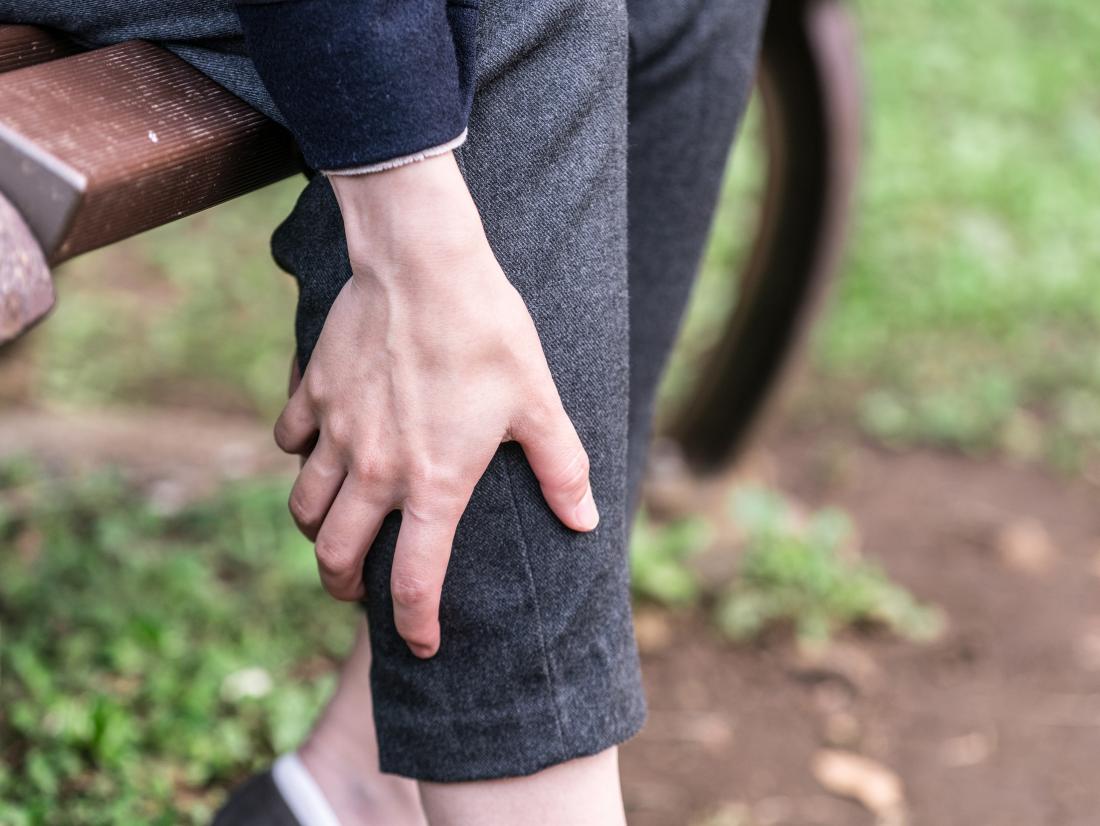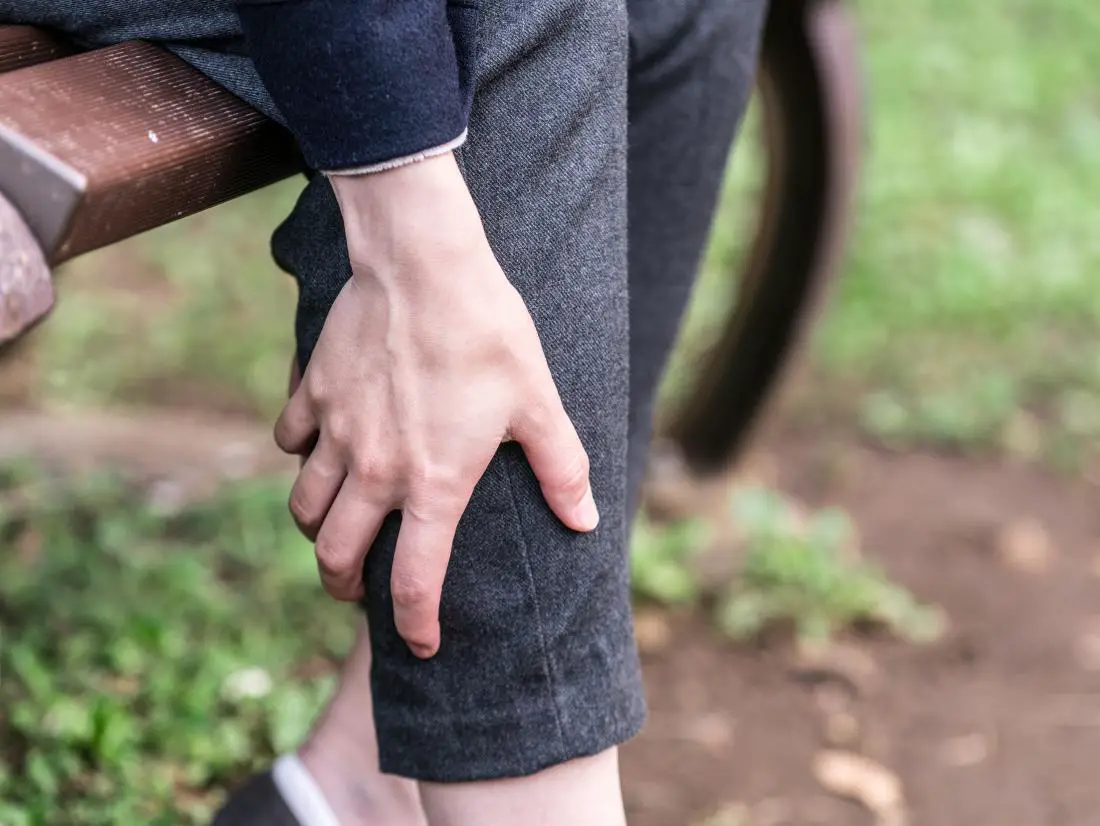Medical Creams for Keratosis Pilaris: Beautician's Guide
In the world of skincare, beauticians often encounter clients seeking solutions for various skin conditions, including the notorious keratosis pilaris. This common yet vexing skin concern presents as small, rough bumps, often on the arms, thighs, or cheeks. Luckily, medical creams for keratosis pilaris can offer significant relief and improvement. In this comprehensive guide, we'll delve into the best creams available, how they work, and what beauticians should know to assist their clients effectively.

Understanding Keratosis Pilaris
Keratosis pilaris, often referred to as 'chicken skin', is a genetic condition where excess keratin, a protein that protects the skin, forms hard plugs within hair follicles. This results in the characteristic rough, bumpy skin texture. While harmless, it can be aesthetically displeasing and sometimes itchy.
Beauticians play a crucial role in advising on skincare routines that can alleviate these symptoms. By understanding the underlying causes of keratosis pilaris, they can better guide their clients towards effective treatments. For more detailed information about this condition, beauticians can refer to this Healthline article.
How Do Medical Creams Work?
When it comes to managing keratosis pilaris, exfoliation and moisturizing are key. Medical creams specifically formulated for this condition often contain active ingredients such as alpha hydroxy acids (AHAs), beta hydroxy acids (BHAs), or urea, which help to gently exfoliate the skin and reduce the buildup of keratin.
Creams with AHAs, like glycolic acid or lactic acid, work by dissolving the bonds between dead skin cells, enhancing the skin's natural shedding process. BHAs, such as salicylic acid, penetrate deeper into the pores, helping to unclog them and reduce inflammation. Urea, on the other hand, not only exfoliates but also hydrates and softens the skin.
Choosing the Right Creams
Beauticians should consider recommending creams that combine these active ingredients for a synergistic effect. For example, a cream with both glycolic acid and salicylic acid can offer dual-action benefits, targeting both surface and deeper skin layers. A well-known product in this category is CeraVe SA Cream, which includes salicylic acid and ceramides to exfoliate and restore the skin barrier.
For beauticians advising clients on personalized skincare routines, its crucial to consider the client's skin sensitivity and any previous reactions to exfoliating agents. If in doubt, start with lower concentrations of active ingredients and gradually increase as tolerated.
Additional Skincare Tips
In addition to using medical creams, there are several lifestyle and skincare adjustments that can complement treatment for keratosis pilaris. Regular exfoliation using gentle physical or chemical exfoliants can help maintain smooth skin. Clients should be advised to avoid harsh scrubbing, which can exacerbate irritation.
Moisturizing is equally important. Beauticians can recommend clients use a thick, emollient-rich moisturizer daily to lock in hydration and soothe any dryness. Products containing ingredients such as glycerin or hyaluronic acid are excellent choices.
Moreover, beauticians can direct their clients to resources such as Skinsight for more in-depth information about the condition and its management.
When to Refer to a Dermatologist
While beauticians can provide valuable guidance, there are instances where a referral to a dermatologist is warranted. If a client's symptoms are severe, resistant to over-the-counter treatments, or accompanied by significant redness and swelling, professional medical advice should be sought.
Beauticians can also direct clients to read more about when to seek a dermatologist's advice by visiting this informative LivaNa Natural blog post.

FAQs
What are the key ingredients in medical creams for keratosis pilaris?
The primary ingredients often include alpha hydroxy acids (AHAs), beta hydroxy acids (BHAs), and urea. These components help exfoliate the skin and reduce keratin buildup.
Can I use medical creams for keratosis pilaris daily?
Yes, most creams formulated for keratosis pilaris are safe for daily use. However, its advisable to monitor the skin for any signs of irritation and adjust usage as needed.
Is it necessary to see a dermatologist for keratosis pilaris?
While many cases can be managed with over-the-counter products, severe or persistent cases may require professional evaluation. Referral to a dermatologist can provide access to prescription treatments.

